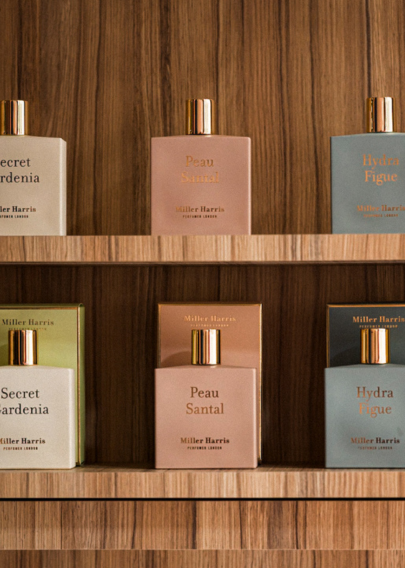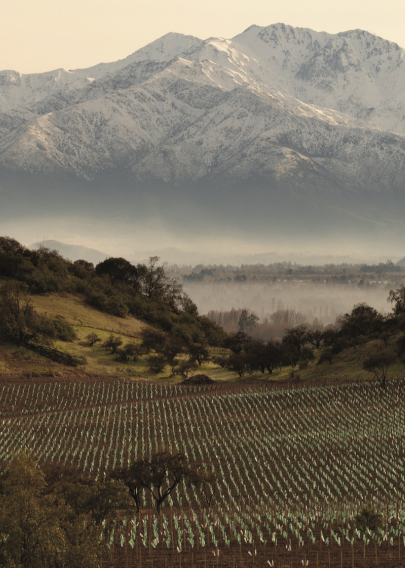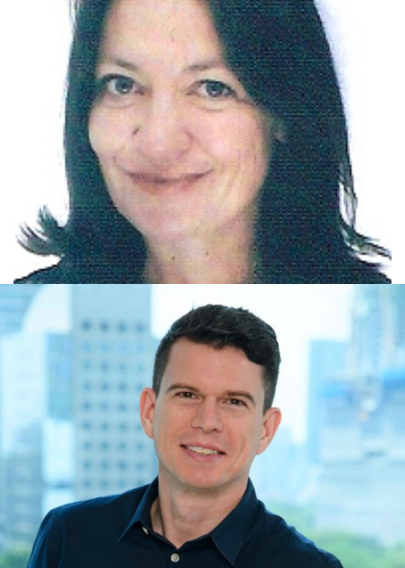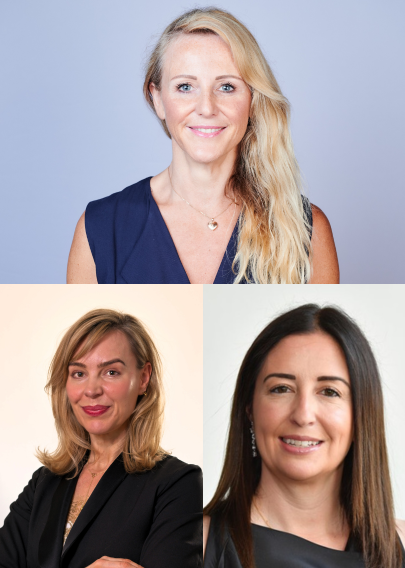Founded by Giovanni Fontana in Milan in 1937, Valextra is a storied Italian leather goods brands. Valextra was born of excellent craftmanship and a commitment to engineering beauty. Today, the core of Valextra’s strategy is to make timely objects of desire that embody urban craft whilst enhancing the lives of people and respecting our planet. Valextra truly believes that Environmental, Social and Governance (ESG) challenges involve everyone in the organisation, as well as partners and suppliers. It is a journey that also requires strong leadership that questions everything the business does and how it does it; Valextra has undertaken that journey with the help of Positive Luxury.
WHY POSITIVE LUXURY?
Under new leadership, Valextra wanted to accelerate actions to improve its ESG performance, seeking a partner to guide and accompany the brand on its journey communicating its findings to all stakeholders, underpinned by facts. Valextra was looking for a partner that could clearly identify the right steps to follow and provide tangible solutions every step of the way on how to bridge that gap as well as future proof their business. For this reason, Valextra chose Positive Luxury.
POSITIVE LUXURY’S APPROACH AND METHODOLOGY
The first step was to assess Valextra’s ESG+ performance, a systemic process that Positive Luxury developed in order to help companies gather all the sustainability information that exists throughout the organisation and upload it into a state-of- theart digital assessment platform.
Six weeks after this information gathering stage, Positive Luxury’s team had analysed the data and presented Valextra with a first gap-analysis report, allowing it to quickly and easily identity areas of its sustainability performance that were strong, good or lagging. This enabled Valextra to update its sustainability road map and start making changes to its day-to-day operations.
With Positive Luxury’s support, Valextra conducted its carbon assessment. Powered by the Aklimate software, it calculated a baseline carbon inventory for its 2019 Scope 1 and 2 emissions. This covered the emissions generated by energy usage at its Milan based HQ, flagship store and manufacture. It also covered the emissions generated by vehicles and refrigeration systems.
Using this 2019 baseline as a starting point, Valextra committed to reduce its Scope 1 and 2 emissions by 46% by 2030, thus aligning with the 1.5°C pathway set out by the Paris Accord in 2015. These results and commitments have also been submitted to the Science Based Targets initiative (SBTi) for validation. This will situate Valextra among the top few thousand companies in the world in terms of climate leadership.
Some suggested initiatives to enable Valextra to achieve this carbon emissions target include switching to renewable electricity providers using low impact lights at physical locations including factories, offices, boutiques and warehouse and also controlling site temperature according to the law reducing also energy consumption, and refrigeration machine impacts, as well as electrifying most of its fleet of cars and vans. Switching to renewable electricity provider at the HQ and Flagship Store would, on its own, reduce Scope 1 and 2 emissions by more than 50% by 2030.
Looking forward, Valextra will continue to measure and track its improvement over time, monitoring energy bills, gas bills, car mileage, business trip measurements and other key factors that Aklimate use for its CO2 calculations, as well as expand its carbon emissions inventory to include their Scope 3 or ‘indirect’ footprint. This will include the emissions generated by its purchased goods, employees’ travel, as well as the waste from its operations amongst others. To that end, Valextra has committed to implement policies that will be shared internally and with suppliers to improve waste consciousness. It will also apply national laws in terms of recycling activities and hazardous waste tracking and reduction. This will enable Valextra to future-proof growth, save money, provide resilience against regulation, boost investor confidence, spur innovation and competitiveness – whilst also demonstrating concrete sustainability commitments and achievements to increasingly conscious consumers.
VALEXTRA Q&A
WHAT IS YOUR STRATEGY TO GET TO YOUR 2030 TARGET?
Our decarbonisation strategy has many components:
1) We measured our carbon footprint throughout our supply chain. Our main emissions in Scope 3 include emissions from packaging materials, transport and distribution of products and purchasing of leather amongst other supplies and services. For each category we have a medium and long-term plan in order to generate significant reductions.
2) With Positive Luxury’s support we have updated our Supplier Code of Conduct requiring suppliers to demonstrate their operations’ social and environmental impacts, and we work with key suppliers to help them set science-based targets in order to reduce their carbon emissions.
3) Our decarbonisation strategy focuses on a renewable energy transition from fossil fuels throughout all of our controlled facilities. Together with the inclusion of renewable energies in our electricity sources, these measures will allow us to cut almost 50 % of all Scope 1 and 2 emissions by 2030.
4) With Akilmate’s help we will annually assess our progress and revisit our strategy to ensure it properly aligns with climate reduction needs and adapt our efforts when necessary.
5) We are putting in place a material’s R&D strategy that ensures certified suppliers, certified recyclable materials, and plastic-free sustainable packaging that is certified for less water consumption and 100% recyclable.
6) We enthusiastically encourage product stewardship by promoting repairing to extend the product’s life, helping close the circularity gap by ensuring better use of natural resources. This includes progressively offering free repairs, product refreshing and comprehensive product care instruction for extended durability.
7) Starting Fall 2022, Valextra is proud to unveil its new artisanal programme offering apprentices the opportunity to join Valextra’s internal academy. These aspiring artisans will have the chance to learn and specialise in key parts of the manufacturing process, gaining invaluable knowledge and skills. An important step to future proof Valextra’s commitment to the highest-quality Made in Italy craftsmanship, the programme offers a new generation the chance to fulfil their potential. Having already commenced, the programme is projected to reach its full capacity in five years, in turn safeguarding precious skills and craftsmanship for generations to come.
WHAT SHORT TERM ACTIONS ARE YOU TAKING?
We are working on multiple projects to address decarbonisation. The main ones are:
Commitment to working more closely with suppliers. We are in the process of engaging with our key suppliers to reduce their GHG emissions from the materials they provide us, and we aim to raise this goal to all our suppliers in the short-term, using science-based targets as the official methodology.
WHAT IS THE BIGGEST CHALLENGE TO ACHIEVE YOUR 2030 TARGETS AND HOW ARE YOU ADDRESSING IT?
Most of our emissions fall under Scope 3, which are often outside of our full operational control. That said, we are committed to reducing these emissions as much as possible by engaging with critical stakeholders and promoting sustainability throughout our supply chain including distribution.
LEARN MORE IN OUR UNDERSTANDING CARBON REPORT
< Back








